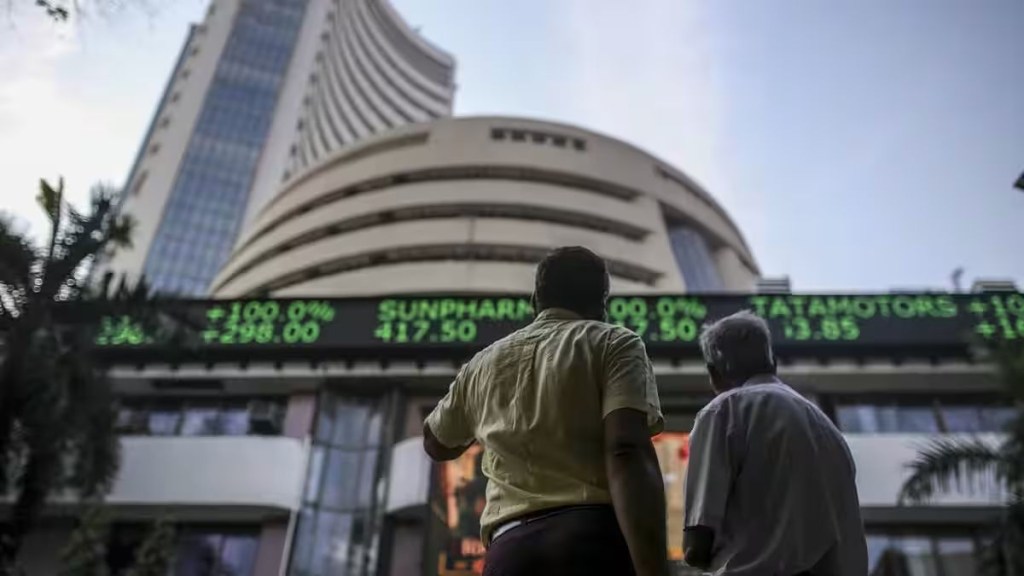Bloomberg Index Services on Tuesday announced a plan to include Indian government securities (G-secs) in its emerging market (EM) local currency index in a phased manner starting January 31 next year, a move that raises the prospect of additional forex inflows to the tune of $5-7 billion.
This is the second prospective instance of international listing of India’s sovereign bonds, which are to be part of the JP Morgan EM Index from June this year.
Bloomberg Index Services said in a statement: “The inclusion of these bonds will be phased in over a 10-month period starting on the rebalance date of January 31, 2025… The weight of India FAR ( fully accessible route) bonds will be increased in increments of 10% of their full market value every month over the 10-month period ending in October 2025.” India FAR bonds will be fully capped at 10% weight within the index.
Government officials had earlier said India’s inclusion in JP Morgan index would help relatively stable capital inflows of $20-26 billion to Indian markets, relieving the domestic financial institutions from investing heavily in G-Secs, and making available more institutional finance for productive sectors of the economy.
The capital flows from overseas listing of Indian bonds would also make it easier to finance the current account deficit, strengthen the rupee. It could help bring down cost of capital for not just the government, but private investors as well.
With the overseas listing creating more demand for Indian bonds, yields may decline 35-50 basis points over the next 12 months, analysts feel.
As many as 34 Indian government bonds would be eligible for inclusion in the Bloomberg EM index, and would potentially represent 7.26% ($448.66 billion) of a $6.18-trillion index on a market value-weighted basis. Within the market cap-weighted version of the index, India is expected to be the third-largest country after China and South Korea.
To boost overseas patient capital inflows, the Reserve Bank of India introduced G-secs that were exempt from foreign investment restrictions under FAR in April 2020.
After JPMorgan’s announcement in September last year, finance minister Nirmala Sitharaman said that the move could help spur foreign capital flows of $23 billion into India. At an estimated value of around $1.2 trillion, the Indian government bond market is the third largest among emerging economies after China and Brazil. Yet, the foreign ownership of G-secs is less than 2% now.
India’s inclusion in the JP Morgan index will start on June 28, 2024, and extend over 10 months with 1% increments on its index weighting, as India is expected to reach the maximum assigned weight of 10%.
“With inclusion of Indian bonds in (Bloomberg index), we expect $6-7 billion flowing into government securities. Some traders may start buying early,” Ajay Manglunia, managing director and head-investment grade group, said. According to him, in the next 6-8 months, Indian markets could see combined inflows of $27-28 billion due to the inclusion of Indian bonds in the two indices.
